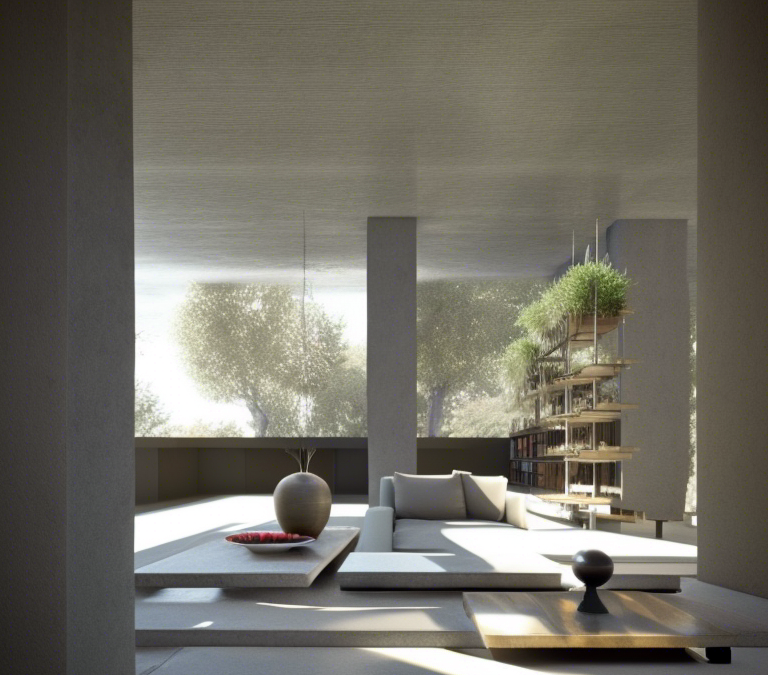
Forming, Shoring
Prefabricated formwork systems are an efficient and cost-effective way to construct large structures with precision. These systems come in different materials such as aluminum, steel, plastic, timber or a combination of these materials and offer many advantages such as speed and flexibility when designing structures. However, there are some drawbacks to using prefabricated forms such as high initial costs and difficulty adapting to unusual designs. Ultimately, prefabricated formworks are a great option for builders who need to quickly construct large structures with accuracy.

Shoring, Structural Design, Structural Inspection
Pouring a new layer of concrete on top of an existing layer can be advantageous for certain applications, providing increased structural strength and improved water drainage. However, there are drawbacks associated with this practice, such as poor adhesion between layers leading to cracking or shifting and higher cost associated with multiple-layer pours. Additionally, different types of cement used in each layer can cause chemical reactions that negatively affect performance. It is important to research the pros and cons before beginning any project involving pouring concrete against existing concrete.

Shoring, Structural Inspection
This article provides an overview of what shotcrete is and how it works, covering its history, applications, benefits, and safety considerations. Additionally, it explains the importance of having the right equipment and ingredients for shotcreting operations—as well as the need to follow proper safety protocols when working with this powerful material. In conclusion, shotcreting is a cost-effective form of concrete that offers superior strength and durability compared to traditional poured concrete methods—but safety should always come first!



